Golf, man… it’s a weird sport.
It’s a ball game, sure—but you’re not exactly clashing head-to-head.
It’s an individual sport—on paper.
And yet, when someone hits a great shot, you hear: “Good shot!”
When they sink a birdie, it’s: “Nice birdie!”
That praise? It’s not just politeness.
You see your opponent play great—and it fires you up.
It’s like you’re fighting them…
but at the same time, you’re fighting with them.
What kind of sport does that?
Only golf. And that’s what makes it beautiful.
It’s a so-called “individual sport,”
but somehow, golf shapes the soul of a team player.
And right now—on the LPGA stage—
Japanese women are fighting alone, quietly… but with purpose.
But from the outside looking in, you hear things like:
“Oh, the Asians are up there again.”
“Are they playing as a team or something?”
“Japan, Korea, China—what’s even the difference?”
…Yeah, no.
They’re not just “Asian players.”
Japanese women on the LPGA fight solo—one by one, swing by swing.
And yet—
here’s where it gets interesting.
Japan, as a country, becomes a monster in team sports.
Baseball at the WBC. Soccer at the World Cup. Rugby. Even track relays.
We might not have the biggest stars,
but with coordination and a sense of contribution, we scare the world.
In short—because we know how to win as a team,
we also know how to raise individuals who can win alone.
Why can Japanese female golfers fight solo—so damn well?
Why does a country known for team sports dominance…
still crush it in a cutthroat, one-on-one arena like the LPGA?
In this article, we’re diving into that uniquely Japanese way of approaching competition—
and how golf, as a sport, exposes some deep cultural differences in how people play, win, and think.

🔥 Golf isn’t just a sport.
It’s a culture. It’s an art.
It’s the full force of Mind, Skill, and Body—all in one swing.
👉 Want to dive deeper into “Mind, Skill, and Body”? Check out this article.

🟡 Why Do Japanese Women Fight Solo? — Inside the LPGA Reality
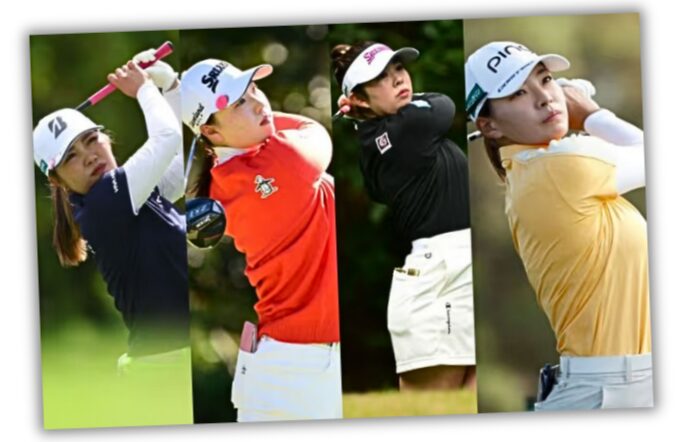
🔹 Not a National Team—Just One Pro, One Mission
Japanese women on the LPGA Tour aren’t part of a “national team.”
They’re independent pros, crossing the ocean by choice—on a solo mission of self-improvement.
No team coach. No entourage.
Minimal media support from Japan.
In the early days, they handle it all: rental cars, lodging, tournament entries—solo.
The LPGA may look glamorous from the outside,
but behind the scenes? It’s a grind—a lonely survival game.
Language barriers. Strange food. A constantly shifting environment.
It’s not just about golf—it’s about guts.
 The Golf Know-It-All Boss
The Golf Know-It-All BossLook, being a pro golfer overseas?
It’s not just “playing tournaments.”
It’s like being a golfer, travel agent, translator, and crisis manager—all rolled into one!
That’s what these women are doing. Solo.
🔹 Self-Managed, Soft-Supported — Bringing Team Spirit from Within
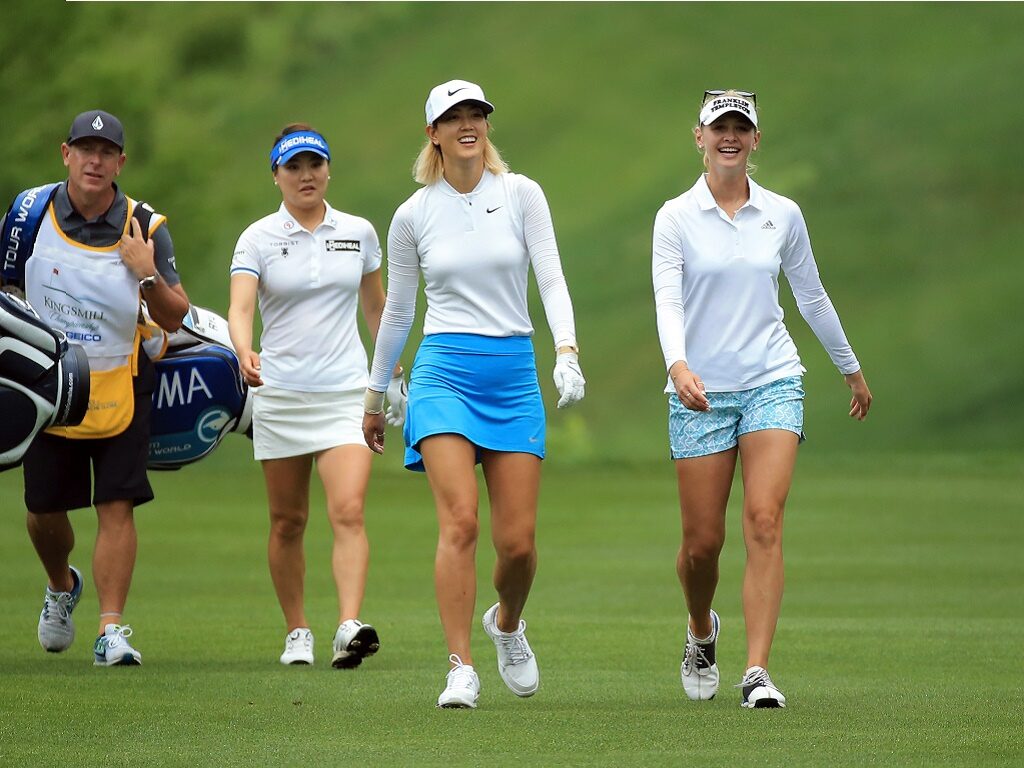

On the U.S. Tour, the culture is pure individualism.
If you’re struggling, no one steps in.
If you’re crushing it, there’s no one to celebrate with.
But Japanese players? They bring a different kind of energy.
It’s subtle. Quiet.
But it’s there—a culture of support that lives beneath the surface.
- A senior player offers tips on language or local logistics.
- After practice, a few quiet words exchanged among compatriots.
- Someone finishes top 10—and the others nod, maybe smile, maybe say nothing…
But they feel it.
A quiet unity.
A bond that doesn’t shout—but never breaks.
And that’s exactly it—
They may look like they’re fighting alone,
but Japanese women on the LPGA are connected… through the air they breathe.
No cheers, no high-fives—just presence, quiet support, and shared strength.
🔹 Not Wearing the Flag—But Carrying the Spirit of Japan
But these women?
They show they’re Japanese—through the way they play.
- They keep their composure after a bad shot.
- They bow politely to staff and volunteers after every round.
- They don’t show off, but their precision and respect speak volumes.
That quiet strength?
Even Western fans are starting to call it the “Japanese Style.”
Start with respect, end with respect.
That’s not just for kendo—it’s what Japanese women bring to golf.
“They’re not officially Team Japan—but in terms of discipline, precision, and grace?
They represent the country better than any flag ever could.”
🟡 Don’t Lump Us as “Team Asia” — Cultural Differences That Create Misunderstandings
🔹 The Media’s Favorite Narrative: Asia vs. America
Every time players from Japan, Korea, or China make waves on the LPGA stage,
the Western media jumps in with headlines like:
“The Rise of Asia” or “Asian Squad Overpowers America.”
Sure, by passport they’re all from Asia.
But here’s the problem—those headlines flatten everything.
- They ignore the nuances.
- The cultural differences.
- The completely distinct styles of play.
It’s lazy reporting—and it fuels misunderstandings.



“Team Asia,” huh?
Easy label, I’ll give you that.
But come on—Japan ain’t Korea, and Korea ain’t China.
Different culture. Different mindset. Different game.
Lumping them together?
That’s like calling every cheese “just dairy.” Lazy thinking, pal.
And here’s the problem—
once you frame it as “Asia vs. America,”
you erase everything that makes the Japanese players unique.The silence.
The quiet respect.
The way they support each other—not through big speeches,
but through calm independence.
🔹 Japan, Korea, China — Three Cultures, Three Very Different Teams


Even within Asia, the idea of “team” and the art of winning look completely different.
🇯🇵 Japan: Emphasizes harmony and role awareness.
The focus isn’t on the superstar—it’s on keeping the whole unit balanced.
🇨🇳 China: State-driven training with a focus on national representation,
not so much on team synergy.
🇰🇷 Korea: Strong hierarchy and elite talent drive the team.
The ace leads. The rest follow.
Each has its strengths.
This isn’t about ranking cultures—it’s about understanding differences.
And that’s exactly why Japanese LPGA players stand out.
They fight solo—but quietly carry a sense of team that’s all their own.
Even compared to other Asian pros,
they move differently.
✅ Team Culture: Japan vs. Korea vs. China
| Country | Team Culture Style | Leadership Dynamic | Focus in Training |
|---|---|---|---|
| 🇯🇵 Japan | Harmony and Role Awareness | Bottom-up / Balance-Oriented | Precision, Unity, Respect |
| 🇰🇷 Korea | Hierarchy and Elite Focus | Ace-Driven, Top-Down | Discipline, Performance |
| 🇨🇳 China | State-Controlled System | National Representation | Physical Strength, Results |
🔹 When “Lack of Teamwork” Isn’t What It Seems — Misreading the Moment
Take the infamous moment in Korean speed skating—
the team pursuit event where one skater fell behind,
and her teammates visibly showed frustration at the finish line.
The reaction? Loud. Cold. Sharp.
It sparked global backlash—“Korea doesn’t understand teamwork!” they said.
But here’s the truth—
it wasn’t about cruelty. It was about pressure.
A high-stakes event in a culture that pushes for performance over politeness.
Yes, it looked harsh.
But that single moment?
It’s not proof of a country’s entire character.
Korea has its own version of team spirit.
China has its ways of working together, too.
The real issue?
When we take one emotional snapshot and blow it up into a national trait.
That’s why language matters.
Not “Asia.”
Not “them.”
Look deeper. See the person. Understand the mindset.
Honestly, it’s better to judge by performance—not by passports.
That’s what international competition should be about.
Japan’s quiet unity?
Korea’s charisma-driven leadership?
Both are fascinating models.
Neither is “right” or “wrong”—they’re just different approaches to winning.
Let the style speak for itself. That’s where the real insight is.


🖼️ A race in the name of “team” reveals the quality of connection—and cultural contrasts.
This image captures a symbolic moment from the Korean speed skating pursuit event,
where tension flared after one skater finished behind.
In this event, the clock stops when the last team member crosses the line—
and in that instant, frustration turned visible.
This frame reflects how the “art of cooperation” differs from one culture to another.
🟡 Why Japan Thrives in Team Competitions — The Cultural Beauty of Coordination


🔹 Baseball, Soccer, Rugby… Where Unity Beats Individual Power
When it comes to global sports, Japan has a knack for pulling off unbelievable displays of unity.
Back-to-back WBC wins.
A synchronized surge in the World Cup.
Giant-killing upsets in rugby.
And here’s the thing—it’s never just one superstar doing all the work.
It’s the whole squad, moving like one machine.
That’s the Japanese mindset: “win as a unit.”
Even when we’re outmatched one-on-one, we win as a team.
It’s the living proof of that old saying:
“Wa wo motte toutoshi to nasu.”
Harmony is the most precious thing.
Coordination isn’t just a strategy—it’s a culture.
And that’s why Japan wins through the power of precision and harmony.
✅ Japan’s Strength in Team Sports
| Sport | Global Stage | Notable Strength |
|---|---|---|
| Baseball | WBC (World Baseball Classic) | Strategic Pitching, Role Clarity |
| Soccer | FIFA World Cup | Collective Defense, Fast Transitions |
| Rugby | Rugby World Cup | Discipline, Systematic Offense |
| Track & Field | 4×100m Relay | Baton Precision, Team Timing |
| Table Tennis / Tennis | Doubles Events | Tactical Synergy, Communication |
🔹 In Japan, Knowing Your Role Is Half the Victory
One of Japan’s biggest strengths in team sports?
Everyone knows exactly what their role is—and they embrace it.
What movements are expected from my position?
What should I prioritize to help the team win?
When should I hold back to let a teammate shine?
These questions aren’t left to the coach.
Each player already knows the answers.
Around the world, that level of collective awareness is rare.
So yeah—maybe each player’s raw ability isn’t overwhelming.
But together?
The total force of the team becomes a weapon.
That’s Japan’s edge.
🔹 From Relays to Doubles — Japan’s Signature Sync in Action
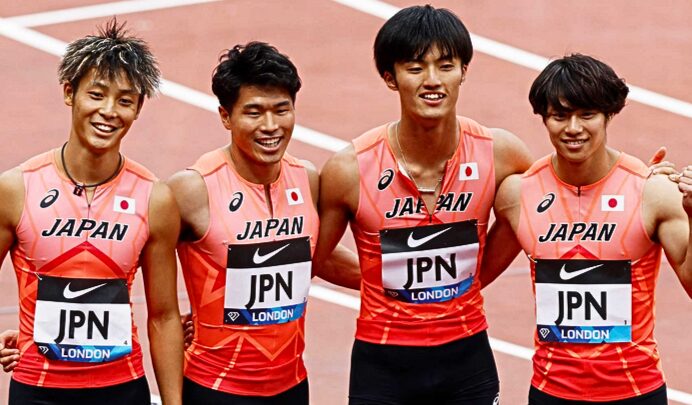

The Japanese men’s 4×100m relay team proves that precision and teamwork can outshine raw speed.
Want a perfect example?
Look no further than Japan’s men’s 4×100m relay team.
On paper, our 100m personal bests don’t even come close to the U.S. or Jamaica.
But watch the race—and you’ll see something else entirely.
Precision baton passes. Perfect lineup strategy.
That’s how Japan wins medals—not with speed, but with synergy.
Even in table tennis and tennis, there are players who don’t stand out in singles but go on to win world titles in doubles.
That tells you something:
- They know where they thrive.
- There’s a culture of turning the individual into a weapon for the team.
It’s a uniquely Japanese way of thinking—and winning.



“I ain’t outdriving anybody—but around the green? I own it.”
That’s the beauty of Japanese golf, pal—we don’t need to be the biggest. We just need to know our job… and nail it.
Meet the Rising Stars of Japanese Women’s Golf — Not Just Athletes, But Icons.
A closer look at the young talents redefining style, poise, and precision on the LPGA Tour.


🟡 What If the LPGA Became a Team Event? Japan Might Just Take It All.
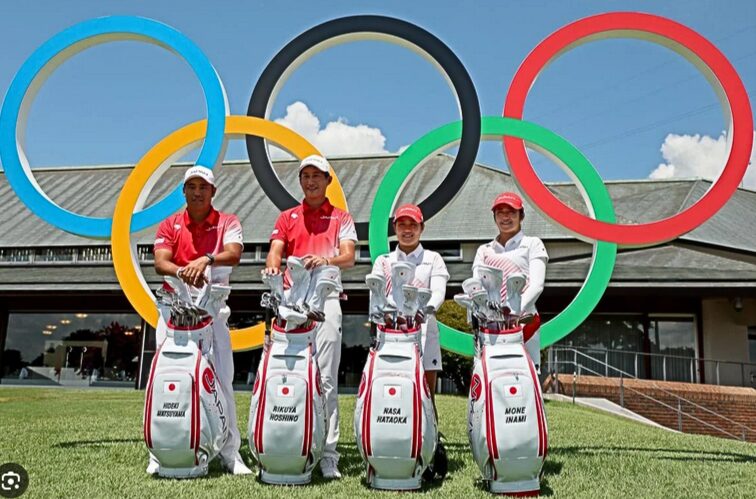

🔹“個”の強さが“団”の力に昇華する日
Right now, the LPGA Tour is all about the individual.
Each player fights for her own tour card, rankings, prize money, and legacy.
But imagine this—what if the LPGA flipped the script and became a team-based competition?
Japan’s women would only get stronger.
You’d see another level of unity—and another level of performance.
Why?
Because these players don’t just train for themselves.
They come from a culture that turns individual grind into collective glory.
- They acknowledge differences in skill—and step up to support each other.
- They don’t blame mistakes—they cover for them through roles and responsibility.
- It’s a quiet kind of unity… but it lifts the whole team.
You don’t build that kind of chemistry overnight.
It’s forged quietly—through daily respect, relentless practice, and self-discipline.
It’s an invisible strength… but make no mistake—it’s real.
And if you want to know where that mindset really comes from—
look no further than Japan’s student golf culture.
In high school and university golf teams, it’s standard to wear matching uniforms—usually polos—and act as a unit.
It’s not a written rule. It’s not enforced.
It’s just the way we do things.
Because in Japan, unity isn’t strategy—it’s style.
They compete as individuals—
but they dress as a team.
That contrast might seem odd at first…
but in Japan, it’s not contradiction—it’s philosophy.
It’s the beauty of being “an individual within the group.”
And that balance? That’s where Japanese golf truly begins.
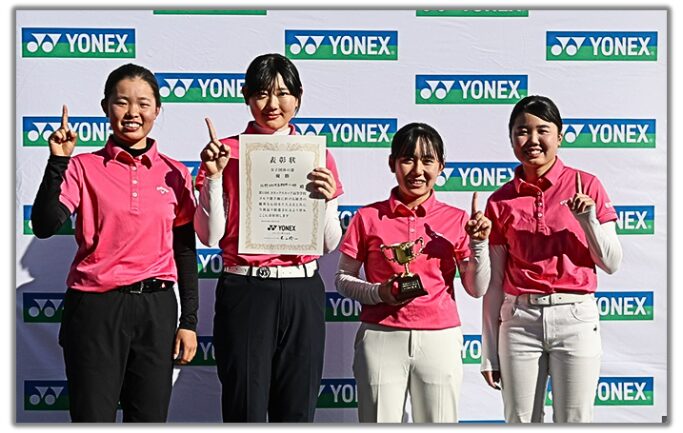

“Wearing the same polo? That’s not just a dress code.”
“It’s silent proof that says: ‘We’re not out here alone.'”
✅ Cultural Focus: “Boost the Individual” vs. “Refine the Whole”
| Culture | Development Philosophy | Strengths | Weaknesses |
|---|---|---|---|
| Western | Boost the Individual | Explosive Talent, Self-Reliance | Inconsistency, Pressure Sensitivity |
| Japanese | Refine the Whole | Stability, Accuracy, Calm Under Fire | Less Aggression, Fewer Risk-Takers |
🔹 The World Builds the Individual — Japan Refines the Whole
In the West, the approach is simple—find your talent, and push it to the max.
Focus on your strengths. Build your game around them. Dominate with what you do best.
But what about Japan?
We don’t just chase talent.
We shape the game. We refine it.
Form, rhythm, balance—every move has purpose.
We train for consistency. Precision. Stability.
That’s why Japanese players are known for staying calm under pressure.
No big highs, no big crashes—just steady, relentless golf.
“It’s simple, really—some cultures ignite the individual. Others refine the whole.”
“Both are brilliant in their own way… but Japan? We’ve mastered the art of beautiful balance.”
🔹 That’s Why We Gotta Speak Clearly—Let the “Individual” Be Understood
In a world where everyone just says “the Asians,”
the quiet strength and humility of Japanese players can sometimes be mistaken as a lack of presence.
But let me tell you something—
our true edge? It’s not in being loud. It’s in turning individual effort into collective power.
If the LPGA ever shifts to a national team format,
Japan won’t just show up—we’ll win.
Why?
Because in our culture, refining the team is how we bring out the best in every player.



“We’re not strong in teams because we’re weak alone.”
“We’re strong in teams because we’ve trained for it—refined it—over generations.”
🏁 Wrap-Up:
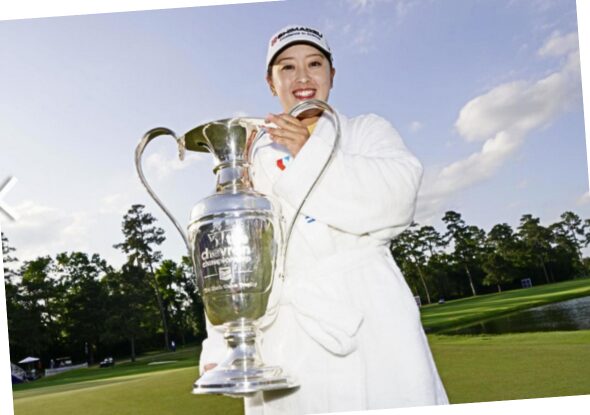

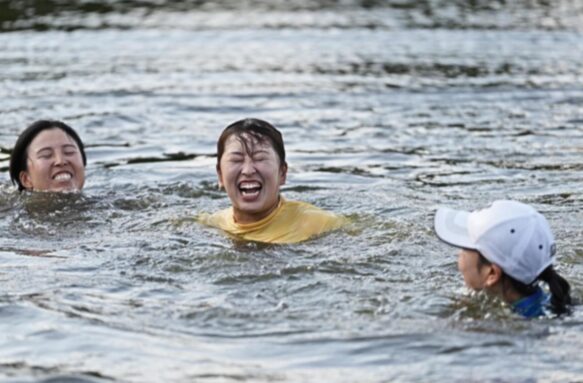

They’re strong as a team—
That’s exactly why they dare to fight alone.
That quiet courage?
That’s the pride—and beauty—of Japanese women on the LPGA Tour.
Japan’s strength in team sports?
It’s no fluke. No lucky streak.
It comes from something deeper—
a culture where every player knows their role, and plays it to support the whole.
And now, carrying that same culture on their shoulders,
Japan’s women golfers are out there—fighting solo on foreign soil.But don’t let the quiet demeanor fool you.
Behind every humble bow and calm expression is a philosophy—
one that believes in connection, courtesy, and the power of precision.That’s how they win—not by overpowering, but by aligning everything just right.
They may not explode with raw power like some Western stars.
But Japanese women on the LPGA?
They’re built different.
- They’re strong—because they’re calibrated.
- They’re resilient—because they support, not just survive.
- And they’re beautiful—because they never stop refining.
If golf isn’t just an individual sport—
but a sport of character—
then the strength of Japanese players?
It’s only going to get more respect in the years to come.



Watch closely—
Who said Japan only wins in team sports?
The truth is…
It’s the individuals forged in that team culture who turn out to be the toughest in the world.

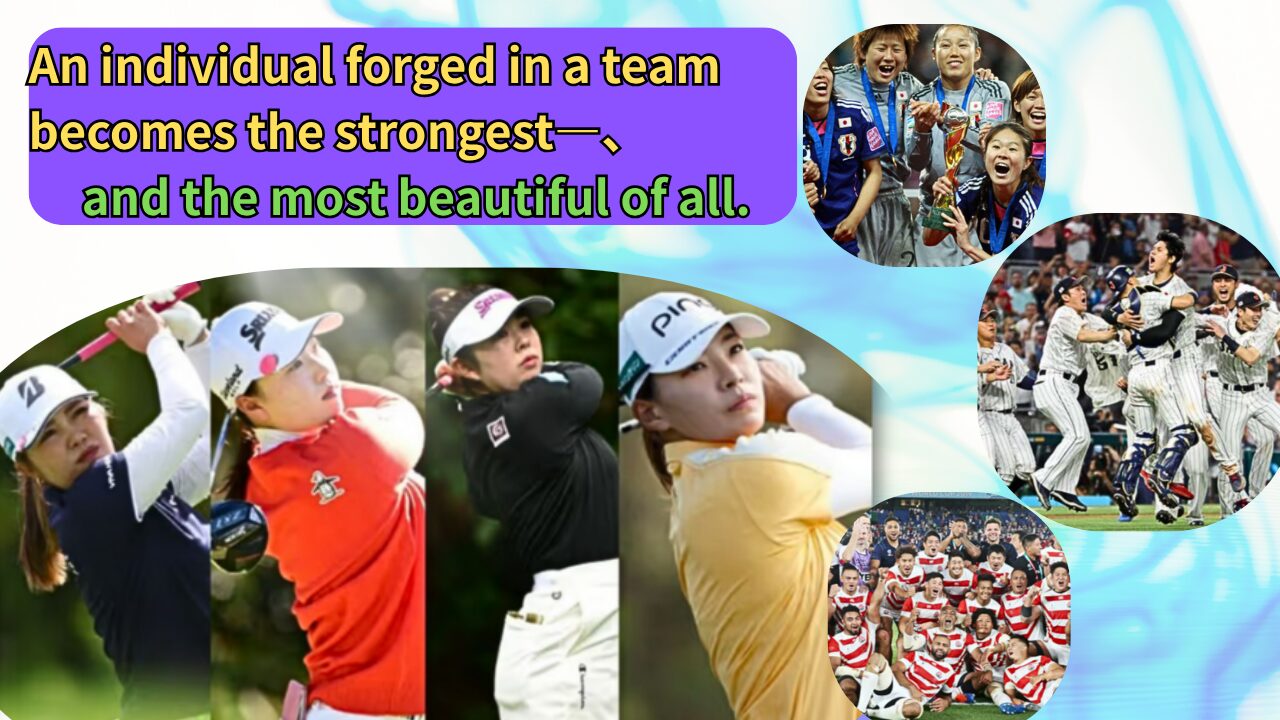











コメントはこちら